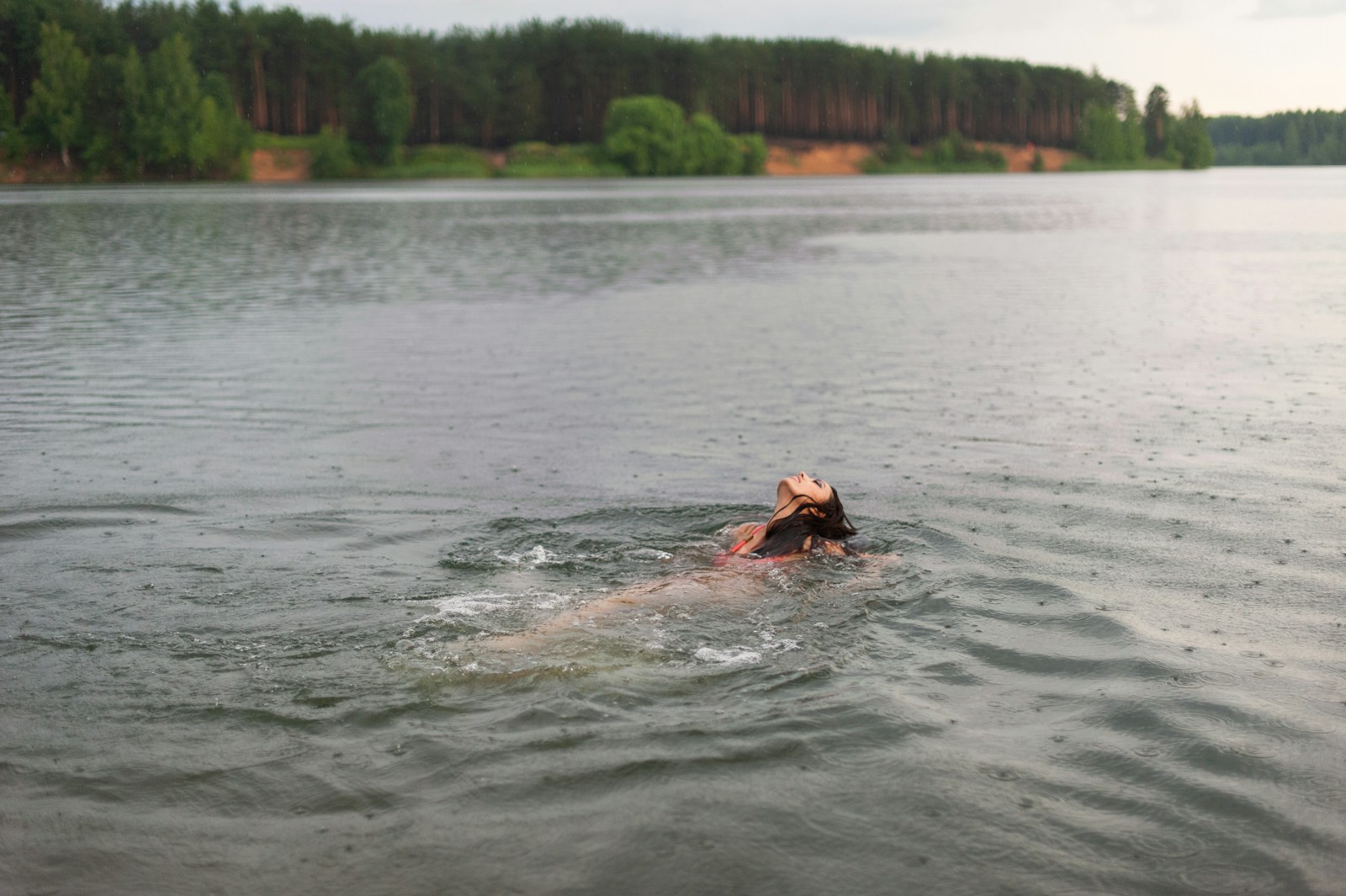The Vanishing Red Telephone Box: Where Have They All Gone?
In a world dominated by smartphones, instant messaging, and social media, there’s something undeniably charming about the classic British red telephone box. You can picture it now: a bright red box standing proudly on the street corner, the iconic design evoking images of a bygone era. But what happened to these little pieces of British culture? Why do they seem to be disappearing faster than you can say “dial tone”? Let’s take a closer look at the history of the red telephone box, its decline in usage, and what the future holds for these beloved structures.
A Brief History of the Red Telephone Box
The story of the red telephone box begins in the early 20th century. In 1921, the first K2 telephone box was designed by the architect Sir Giles Gilbert Scott. It was a striking design, made of cast iron and painted in bright red, which made it stand out from the drab surroundings of city streets. The K2 was a hit, and soon it became a staple across the UK.
As the years passed, the design was refined, leading to the more recognizable K6 model introduced in 1935. This design was a favourite among the public, leading to approximately 70,000 of them being installed across the country by the late 20th century. They became not just functional objects but cultural icons, appearing in films, photographs, and even tourist brochures. The red telephone box was more than just a way to make a call; it was a symbol of British identity.
The Decline of the Telephone Box
Fast forward to the 21st century, and the world has changed dramatically. The advent of mobile phones has led to a significant decline in the use of public telephone boxes. With nearly everyone carrying a phone in their pocket, the need to dial from a box has decreased substantially. Many telephone boxes, once bustling centres of communication, now stand empty and neglected.
But it hasn’t been just the rise of mobile phones that has led to the decline of the telephone box. The explosion of technology, the internet, and easily accessible communication methods has left many of these historical artifacts obsolete. Local councils and telecom companies began to remove boxes that had fallen into disuse, leading to a sharp decrease in their numbers. By 2008, it was estimated that around 20,000 telephone boxes had been taken out of service, and the number continues to dwindle.
The Impact of Technology on Communication
The decline of the red telephone box is also a reflection of broader changes in our communication habits. In the past, making a phone call was a significant event. You’d have to locate the nearest telephone box, often waiting in line if others had the same idea. There was a certain anticipation that came with it. Today, we have instant access to communication through texting, social media, and various apps that allow us to call anyone, anywhere, at any time.
This shift has transformed the way we connect. Gone are the days when a missed call could mean heartbreak or joy. Instead, we have a plethora of ways to reach out: a quick text, a Facebook message, or a FaceTime call. While this has made communication more efficient, it has also led to the decline of those physical reminders of our previous connectivity – like the humble telephone box.
The Preservation of the Red Telephone Box
Despite their decline, the iconic red telephone box has not entirely vanished. Many have been lovingly restored and repurposed. In some villages, you’ll find them transformed into little libraries, art galleries, or even defibrillator stations. The British Telecom (BT) has even put some up for adoption, allowing communities to preserve these historic structures and put them to good use.
This trend of repurposing highlights a deeper appreciation for the heritage and aesthetic that the red telephone box represents. It’s not just about preserving a relic of the past; it’s about finding new ways to keep the spirit of these boxes alive in a modern context. Some councils have even installed Wi-Fi hotspots in these boxes, merging the past with the present.
Why We Still Love the Red Telephone Box
So why do we still hold a fondness for the red telephone box? Perhaps it’s the nostalgia tied to these structures. For many, they evoke memories of simpler times when life was less frenetic, and communication felt more personal. The telephone box is a symbol of British culture, simple yet enduring, reminding us of a time when stopping to make a call was a part of the daily routine.
They’re also visually striking. The bright red color contrasts beautifully with the grey skies often seen in Britain, providing a pop of color on dreary days. It’s no wonder that tourists flock to snap photos in front of these boxes, and they’ve become a must-see landmark for anyone visiting the UK.
Moreover, there’s an undeniable charm to the telephone box. Each one carries with it a history of conversations, declarations of love, and sometimes even tears. They serve as a reminder of our humanity – the need to connect and communicate with one another. In an increasingly digital age, the physical presence of a telephone box can still spark joy and curiosity.
The Future of the Red Telephone Box
As we look to the future, what can we expect for the red telephone box? While the number of functioning boxes continues to decline, the trend of repurposing them is likely to grow. Communities are taking ownership of these iconic structures, breathing new life into them while preserving a piece of history.
Local councils and heritage organizations are increasingly aware of the cultural significance of these boxes. Initiatives to restore and repurpose them are on the rise, demonstrating that while times change, the love for these quaint symbols of British heritage remains strong. It’s a reminder that history doesn’t always have to fade away; sometimes, it can evolve alongside us.
Conclusion
The red telephone box may not be as ubiquitous as it once was, but its legacy lives on. From its roots as a vital part of British communication to its current status as a cherished cultural icon, the telephone box has captured the hearts of many. While we may not rely on them for making calls anymore, their bright presence continues to remind us of a time when communication was a little less instantaneous, and a little more personal.
As we navigate through an ever-changing technological landscape, it’s important to acknowledge and appreciate the small pieces of history that still exist around us. So next time you pass by a red telephone box, take a moment to stop, appreciate its charm, and reflect on the stories it holds within. After all, it’s not just a box; it’s a piece of British history that deserves to be celebrated.





